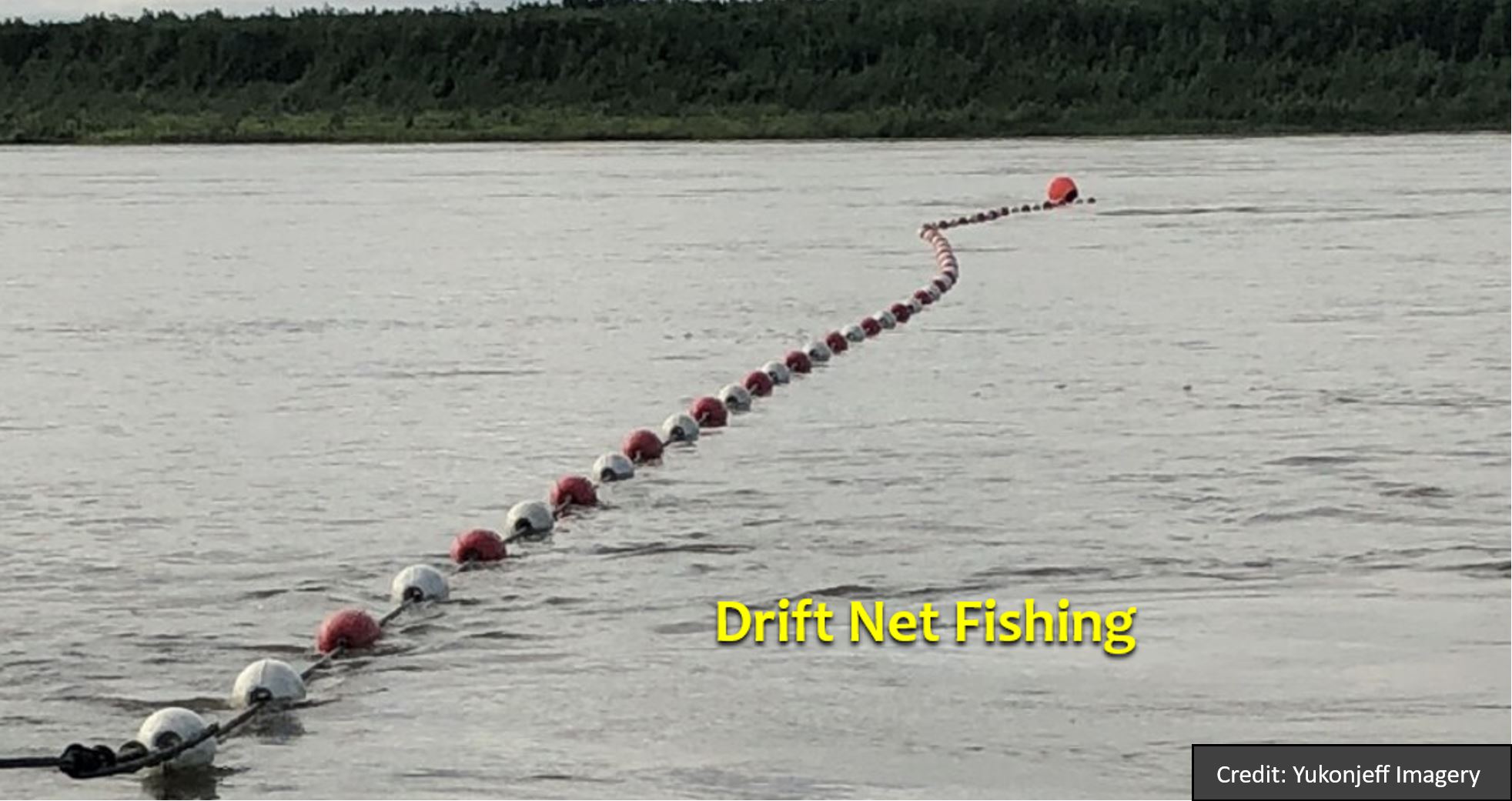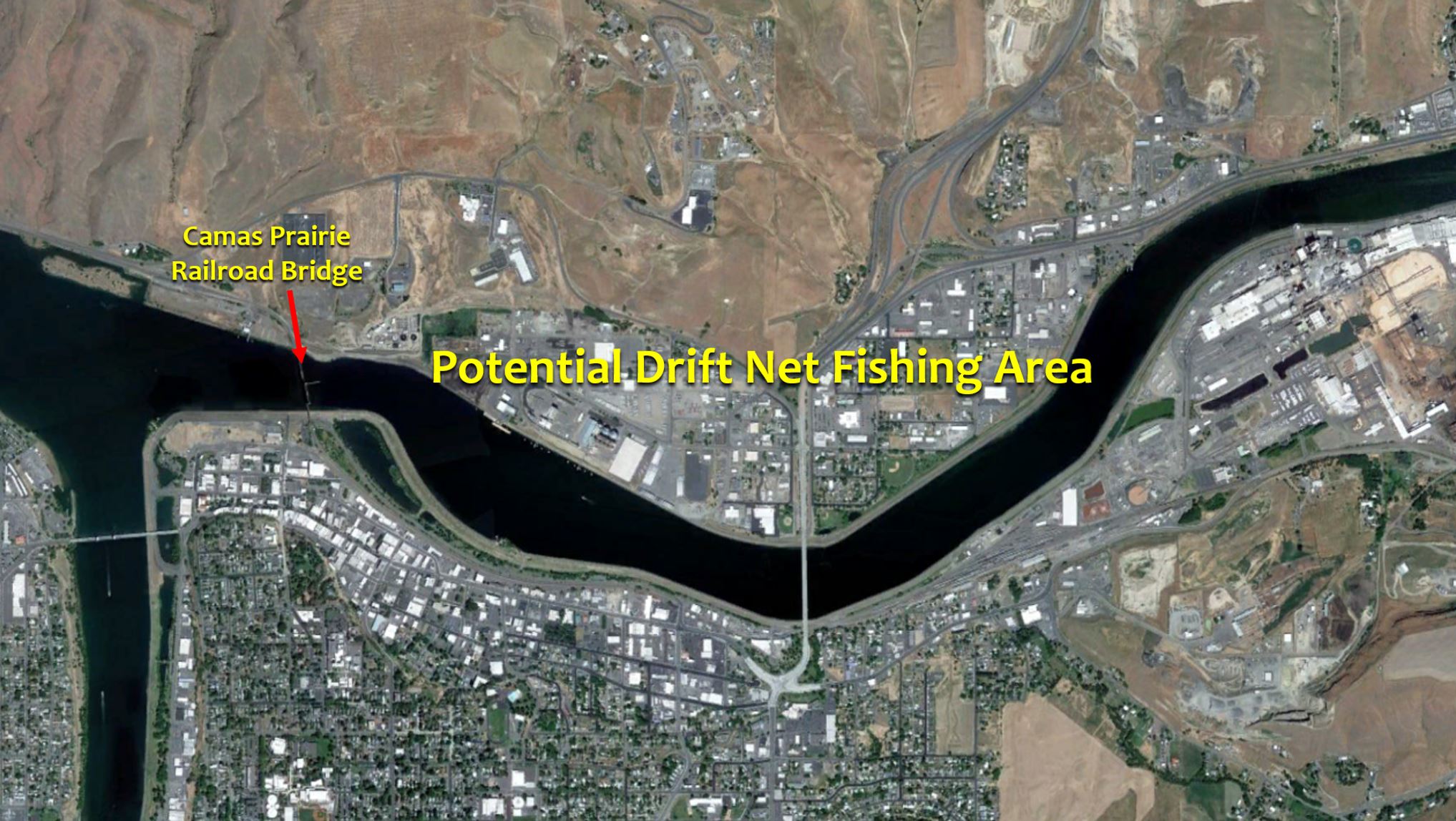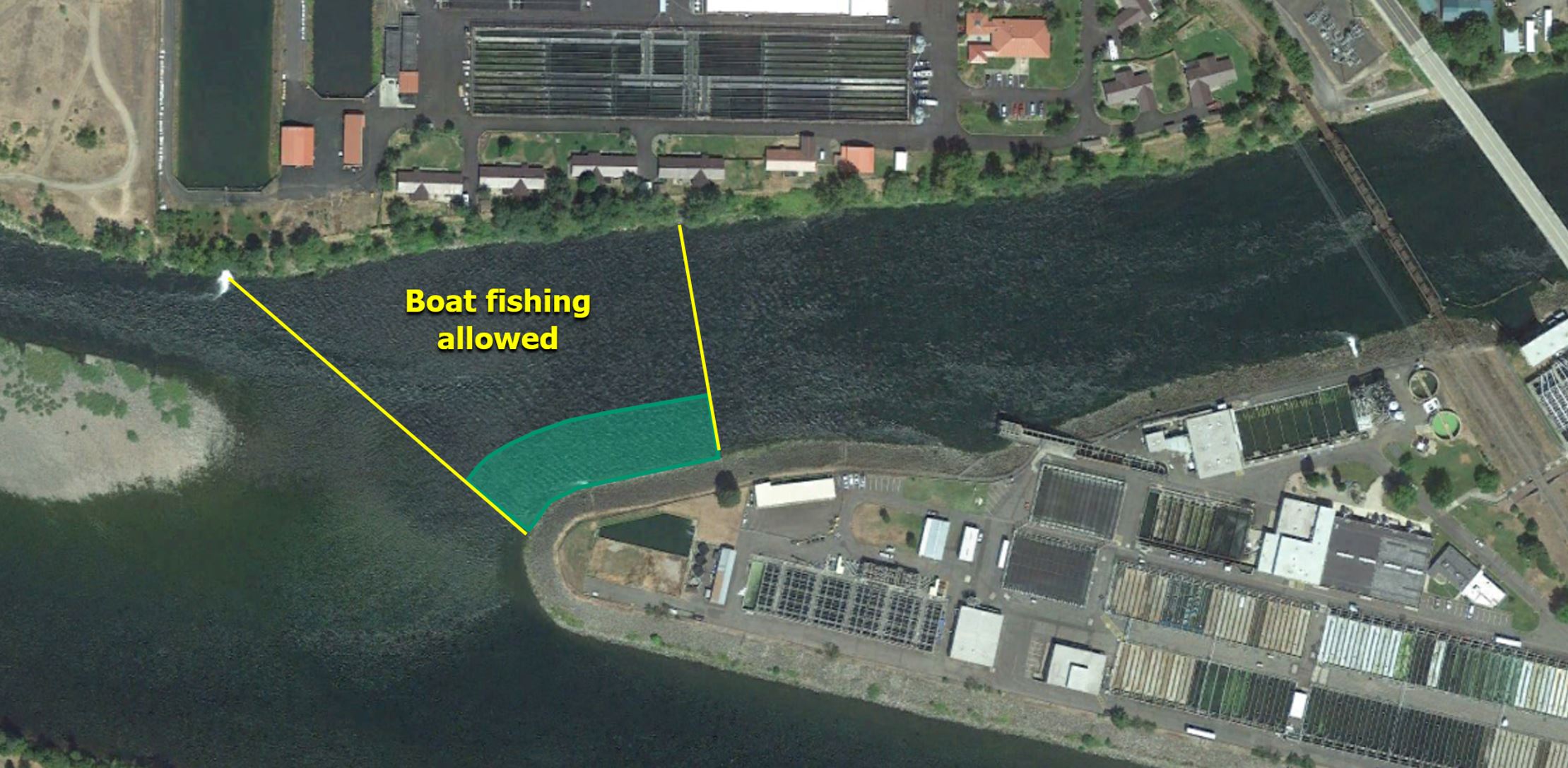by Joe DuPont

Sport and tribal anglers must learn to fish together; avoiding conflicts benefits everyone

Hi Everybody
I want to make you aware of some changes that may occur in the Clearwater River basin. For those of you who attended our spring Chinook Salmon public meetings this year, you have already heard about this, but I suspect this will be new to many of you. This year, the Nez Perce Tribe may explore expanding the use of gill nets and drift nets to achieve their harvest share on salmon and steelhead in the Clearwater River basin, and I’m writing this article to help ensure these efforts can occur without conflict.
When fishing for salmon or steelhead in the Clearwater River basin, the harvest share dictates the number of fish that both Tribal and sport anglers are allowed to harvest. This harvest share is the same regardless of where or how each party fishes within the Clearwater basin.
One big difference between Tribal and sport fisheries is there are many more sport anglers (potentially thousands) than Tribal fishers (hundreds). This is important because when the salmon or steelhead return is large, simply increasing the daily limit is typically all that is needed for sport anglers to achieve their harvest share. However, for the Tribe, achieving their share can be difficult during large returns because they don’t have as many fishers. For example, last year the spring Chinook Salmon harvest share in the Clearwater basin was 5,735 fish for each party, and the Tribe harvested 2,486 fish. In comparison, sport anglers harvested 4,872 fish.
One way for the Tribe to increase harvest is to utilize techniques that are much more efficient at catching fish such as gill netting and drift netting. Because these techniques are legal for the Tribe and using them doesn’t change their harvest share or the sport harvest share, IDFG is supportive of the Tribe using these techniques. The Tribe has actually gillnetted occasionally on the Clearwater River for some years now, and it has not affected sport anglers’ ability to achieve their harvest share or prevent the hatcheries in the Clearwater from collecting sufficient fish for broodstock. What is changing is increased netting efforts may be more common as the Tribe works to ensure they meet their harvest share.
Drift netting is a new strategy in the Clearwater River that the Tribe plans to test. Drift netting involves stretching out a floating net across the river and then allowing it to drift along in the current. A boat would float along with the net to keep it straight and potentially move it away from obstacles. At the end of the drift, the net would be pulled in and any fish that were entangled in the net could be harvested.

The Tribe has informed IDFG of plans to test out drift netting in the lower Clearwater River in the spring/summer of 2023 (see map below). This technique is most effective at night, but the Tribe may also try this during daylight hours. Obviously, the Tribe can’t drift net fish if there are boats anchored in their path. As such, the Tribe has requested that we close this river section one or two days a week to allow them to test this gear.

IDFG sincerely believes that sport and Tribal anglers can learn to fish together, and closures are not necessary. We will be testing this out this season with the Tribe, and this is where we need your help and involvement. If you see the Tribe setting out a drift net, be prepared to pull your boat off anchor and give space for them to drift by. Please speak up and encourage others to follow suit because if just one person refuses to move, this strategy becomes ineffective. If all sport anglers don’t buy in, the only recourse we may have could be to close river sections to sport fishing certain days of the week to allow the Tribe to drift net. As the Tribe learns whether this technique is feasible and which locations work best, we will be able to provide more specific details on locations and times you need to be aware of.
The Nez Perce Tribe will likely continue to gillnet in various locations, and you may see more nets out if the run is large. One area you may see more gill nets is near the mouth of the Clearwater River downstream of the Camas Prairie railroad bridge (see map above). Even though this area is not open to sport fishing, people commonly boat through this area, sometimes in the dark. To help prevent running over a gill net, be sure to look for buoys and stay well away from the shoreline when boating in this area.
It is important to remember that if the Tribe catches more fish through netting, it won’t influence the sport fisheries harvest share or fisheries goals like distributing harvest across the basin and trapping enough fish to meet hatchery broodstock goals. This is about the Tribe obtaining their harvest share. These techniques are not going to decimate the run, they will just allow the Tribe to acquire their fair share of the harvest. It’s also important to realize this is not how the Tribe wants to catch all of their fish. If these techniques prove successful, the Tribe will have to work out how to fairly distribute harvest between Tribal members fishing different methods, but at the same time ensure they achieve their full harvest share during larger returns. We have spent many days discussing similar issues with sport anglers, and I can tell you this is not an easy thing to do.
Finally, I want to bring your attention to an area near the mouth of the North Fork Clearwater River where there has been conflict between Tribal and sport anglers in the past. The area of concern is the green shaded area in the photo below. This is an area where sport anglers can fish from a boat, but fishing from the bank is only allowed by Tribal members. Conflict has occurred when somebody anchors a boat near the shore, which effectively blocks off all shore-fishing opportunities. We don’t have a problem with people fishing from a boat in this area; however, when a Tribal member comes down to fish this area, sport anglers should give way. Providing at least 30 yards for Tribal anglers to cast would likely be appropriate. Otherwise, this Tribal exclusive fishing area is not meaningful. Again, we are counting on you to follow these guidelines and also speak up and convince others to do so as well. If this conflict continues, boat fishing opportunities for sport anglers in this area may be restricted.

The Nez Perce Tribe and IDFG have worked together and invested significant resources in the operations of the Clearwater’s hatcheries to benefit both sport and Tribal anglers. However, for each party to fully benefit from these returns, we must learn to fish together regardless of how we fish. There are examples throughout the Pacific Northwest where Tribal and non-Tribal anglers have learned to fish together, and fishing opportunities have not been lost. There are also examples where closures were required to reduce conflict. Respecting each other’s rights and fishing courteously together will ultimately result in the best outcome for all parties.
Thanks for your attention to this important topic.
